Doug Nye: The golden era of Matra Sports
 Doug Nye
Doug Nye
The late French journalist driver Jose Rosinski was standing in the old Cathedral Paddock at the Festival of Speed hillclimb, surrounded by a breath-taking array of wonderful Matra sports-prototype cars. I used to adore those things. They were the most shapely of long-distance racing machines surviving into an era in which the florid curvaceousness of classical Ferrari, for example, had long gone. While the flat-12 312 PB cars were supremely functional – and hugely successful – their looks did not equate to the grubby-mac sensuousness of such forerunners as the Ferrari P2s, P3s and P4s and – especially – of the 1969 3-litre Ferrari 312 P – particularly in its Le Mans Berlinetta roofed-in form. No – the PBs had instead caught Chevron or Lola disease, and were square-cut, essentially flat-topped, and actually flat-sided.

Now this was not true of the seductively styled aerodynamic products of Matra Sport. No – they retained every single bit of the sexy French je ne sais quoi which could disturb the equilibrium of even the most dullard observer, dead from the waist down. This curious but entirely genuine effect more than compensated for the French national characteristic of its love for what Jose described to me as the “Politesse de la Gloire” – the policy of seeking glory (inherently, too, regardless of cost). For that is largely what those gorgeous French-blue sports-prototype cars were all about, starting with the 3-litre V12-cylinder engine around which they had been created.
The French aerospace company Engins Matra had been founded pre-war by Marcel Chassagny, under the name CAPRA, as an aeronautical-engineering sub-contractor. In Vichy France in 1942, Chassagny changed the company title to Mecanique Aviation-Traction, which quickly became abbreviated to Matra.
Postwar, the various French governments were desperate to keep pace with American and British missile development. Chassagny tendered for, and won, numerous contracts – and so Matra’s fortune was founded.

Brabham-Cevert Matra, Daytona, 1970.
He had a friend named Rene Bonnet who built minor-category racing cars in partnership with aerodynamicist Charles Deutsch. Their DB sports and single-seater cars normally ran Panhard engines. Chassagny put some money into the company. Financier Sylvain Floirat in turn took a major shareholding in Matra itself.
In 1961 Deutsch and Bonnet split, and Bonnet continued racing alone, using Renault engines and designing a sleek little road GT car named the Djet. Times were tough, and with Floirat controlling Matra’s purse strings, Chassagny’s longtime funding could not be guaranteed. Automobiles Rene Bonnet collapsed, but Chassagny bought the assets, so Matra found itself in the motor manufacturing business.
A dynamic and engaging young executive named Jean-Luc Lagardere was made general manager of this division, which they named Matra Sports. He decided that to sell production Matra Djet road cars, the outfit should go motor racing. In 1965 the first Formula 3 Matra emerged, based on Bonnet’s exploratory monocoque experience of 1964.

Hill-Pescarolo Matra MS670, Le Mans, 1972.
Lagardere was very astute. He ditched the old allegiance to purely-French manufacture, dropped the uncompetitive Renault engine and adopted Cosworth-Ford power instead. With Matra aerospace technology behind it, the Matra monocoque was one of the stiffest and best in the field. Into 1966 the cars graduated across Formula 2 and 3, and Ken Tyrrell began running them for Jackie Stewart and Jacky Ickx. They began to win.
Meanwhile, in France, the Government became interested in the prestige of Grand Prix participation. During the 1967 Monte Carlo Rally festivities in Monaco, Lagardere and Elf oil company head Jean Prada announced that Matra would develop an all-new French Formula 1 car powered by their own 3-litre V12 engine.
Former Simca engineer Georges Martin handled the new project. President Pompidou announced a state grant of 6-million Francs – about £800,000 at that time – to assist the programme. Ken Tyrrell approached Matra to provide a 1968 F1 chassis for Stewart to drive with Elf backing – but they were not interested in the V12 engine – they wanted the Ford-lettered Cosworth DFV instead. Finally, it was decided to run an in-house Matra F1 project with the new V12 engine, and a parallel operation with Cosworth power under Tyrrell’s management for Stewart. Either way – the Matra name and French-blue livery should win.

Pescarolo and Larrousse on the podium, Le Mans, 1973.
The Bernard Boyer-designed sports-prototype cars followed along, to exploit the V12 engine in endurance tune at FIA World Championship of Makes level. The first Matra Sports MS630 cars ran in 1968, in 1969 were developed through MS630/50 form and would run on through the ever-developing line to MS660 and MS670, progressing into the 1970s.
Of course, the great dream of the Politesse de la Gloire was an all-French Matra Sports victory in the greatest surviving road circuit race of them all – the Le Mans 24-Hours. Uncultured capitalist Ford of America had bludgeoned its way to victory there in 1966-67, its GT40s had won twice more in 1968-69 – then Porsche’s Panzers had rolled once more through the Sarthe 1970-71. For any proud Frenchman, and especially those in government with a motor sporting interest, this must really have been a burr beneath a saddle.

Matra attacking the carousel, Nurburgring 1,000km, 1973.
And then in the 1972 24-Hour race, glory be, Frenchman Henri Pescarolo co-drove the winning car – a French works Matra-Simca MS670 – with none other than Graham Hill as his co-driver – an honorary “Jean-Pierre for the weekend” as he put it. Pesca had been unhappy to be paired with Graham pre-race, as he felt the ageing double-World Champion and Indy winner would be merely “going through the motions”. He has readily acknowledged his mistake ever since – as Graham was always On It in whatever race he drove, and both them drove like dingbats, but with mechanical sympathy, throughout.
The politesse had worked. Here was the Gloire. And it got better. In 1973 Matra not only won Le Mans again, but this time with two French drivers – Pescarolo and Gerard Larrousse – in the latest MS670B model, and then in 1974 it was hat-trick time – the third consecutive Le Mans win for Matra Sports’ ultimate MS670C, and drivers – for the second consecutive year – Pescarolo/Larrousse.

I thought all this was wonderful stuff. And they dominated the World Championship too. The cars always looked mouth-wateringly succulent, and the Matra V12 engine, of course, sounded just FABULOUS – a screaming, keening wail. And the Matra Sports equipe always looked just so damned cool – urbane, educated, poised, paced, seldom Gallicly flustered and frantic. A thoughtful Gitane, a sip of wine, and back to the job in hand. The team mechanics wore ritzy matching overalls, first in blue, later in Shell-sponsorship – even quartered – red and yellow as I recall. The drivers and engineers were suited out with the most dazzling wet-look quilted jackets. And sitting there on the Matra Sports pit counter would be the extremely pleasant and decorative Michele Dubosc, who proved herself the most capable lap-scorer and timer in international motor sport. At F1 races and endures alike, she was the lady to whom not only the press – but sometimes the official race timekeepers too – would refer to settle any confusion or dispute.
Just like the Ferrari 312 PB sports-prototypes discussed last week – the French-blue Matras just set le juices stirring. And the feature I most vividly recall is the ivory-coloured gearchange knob in at least one of the cars – which had images of wild flowers painted upon it. Speed with style – indeed.
Images courtesy of The GP Library
Doug Nye
Matra

































